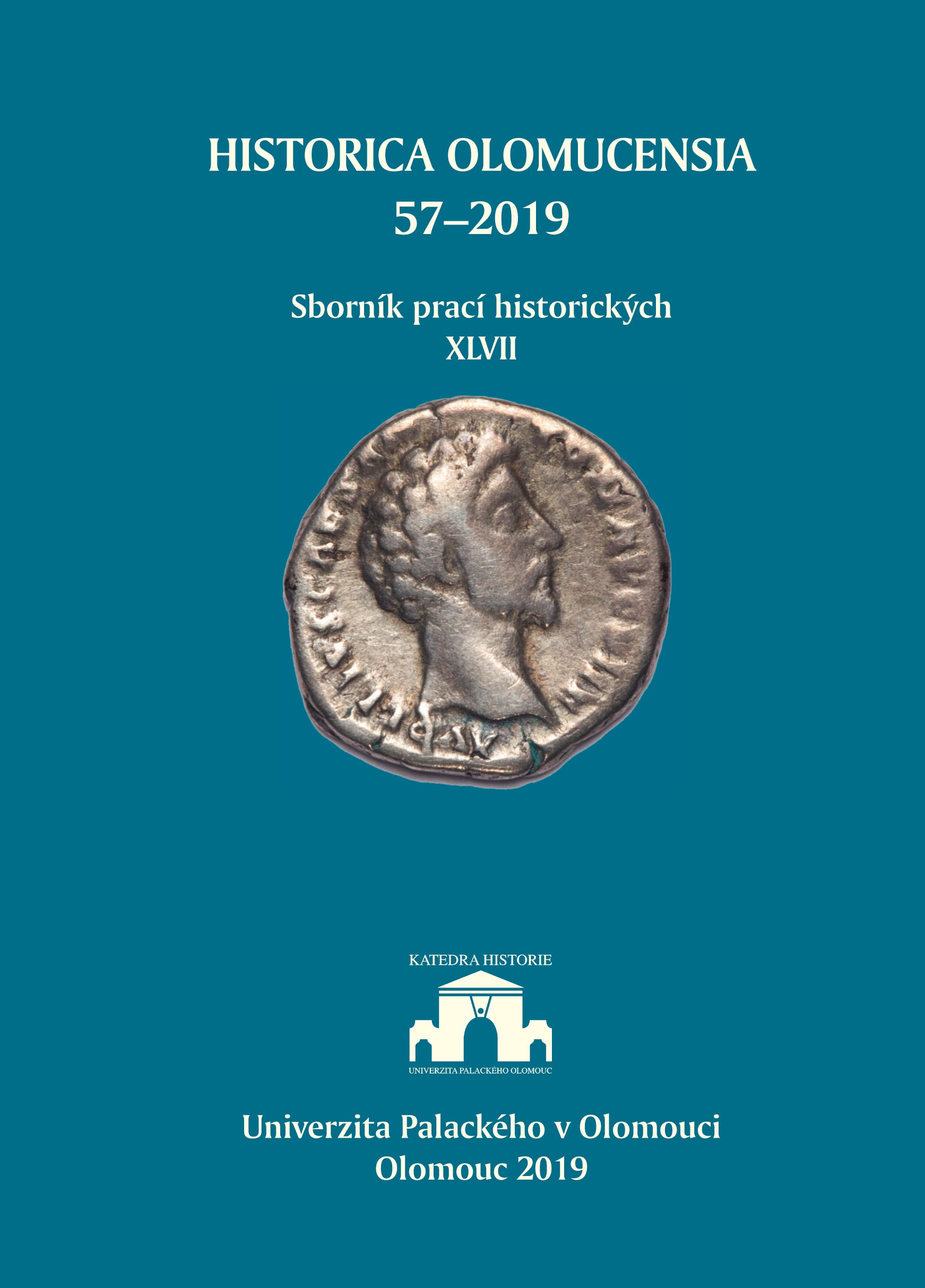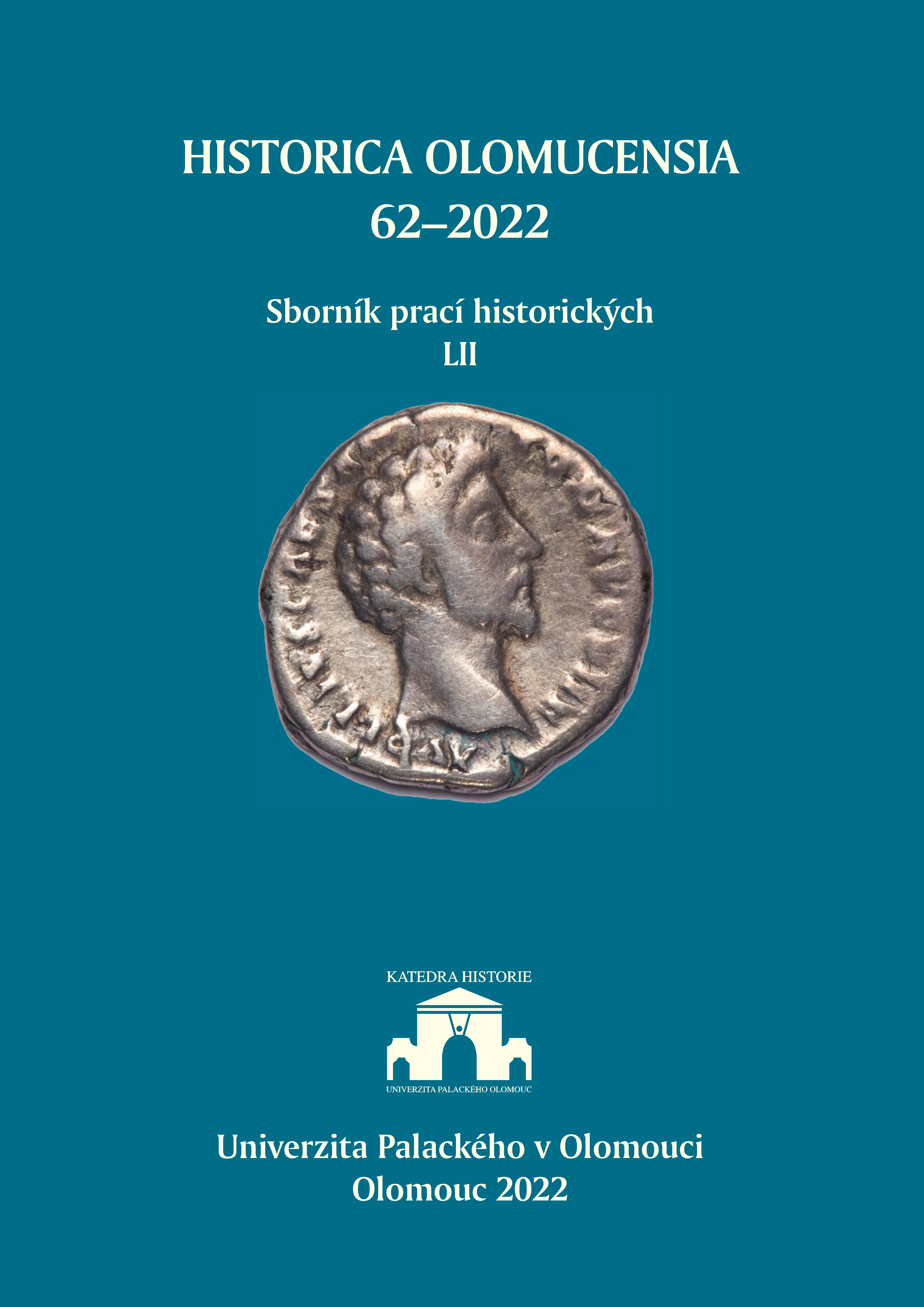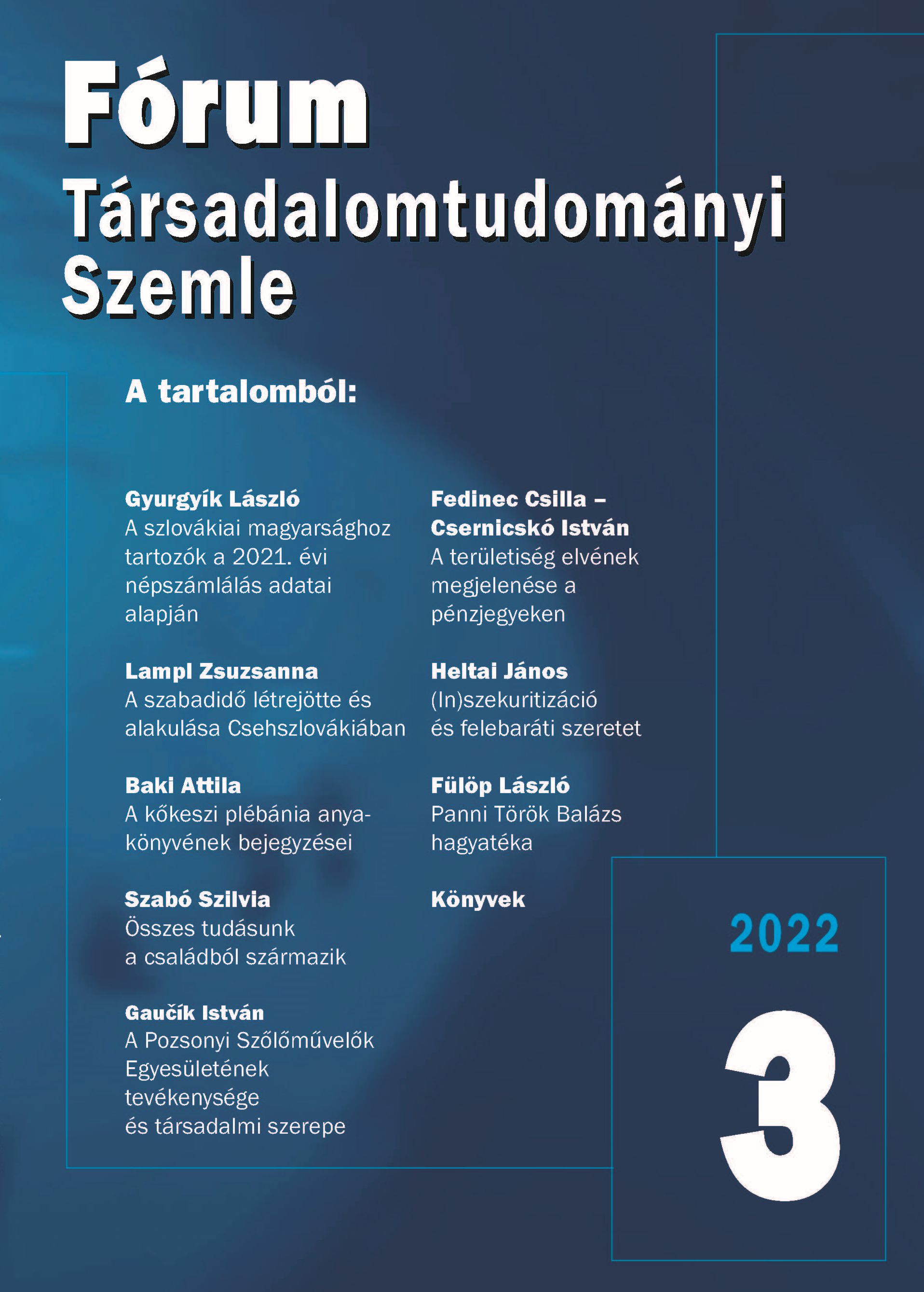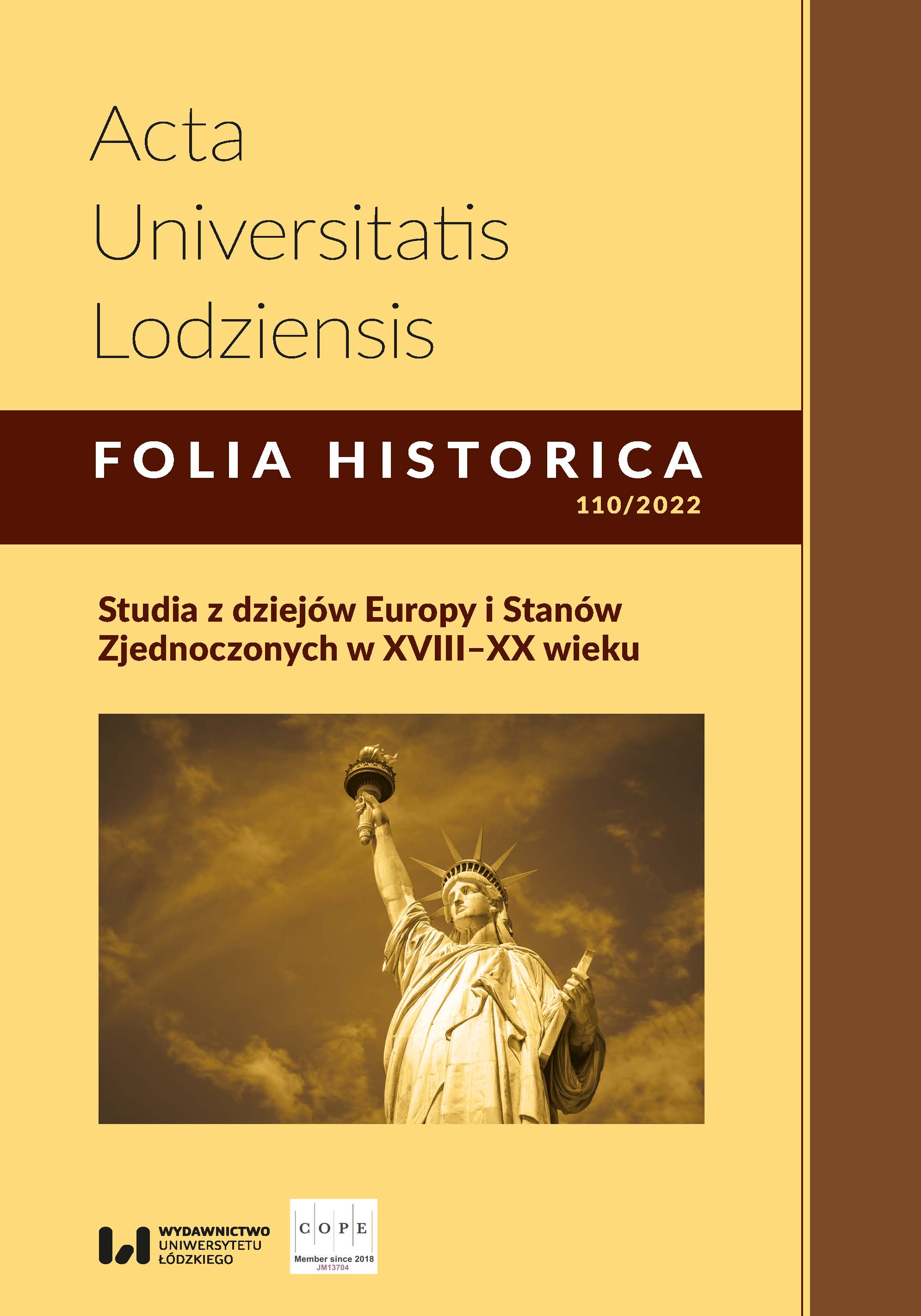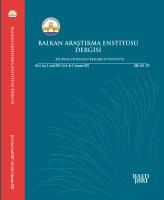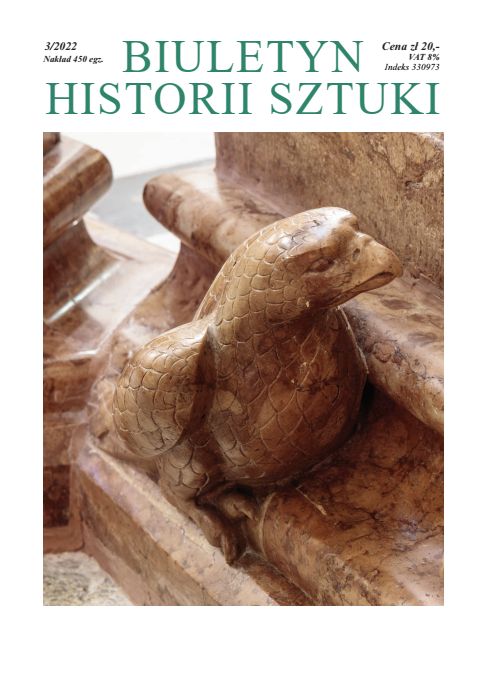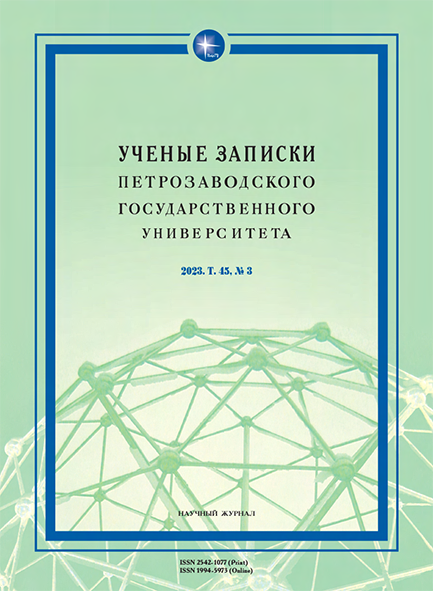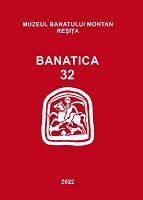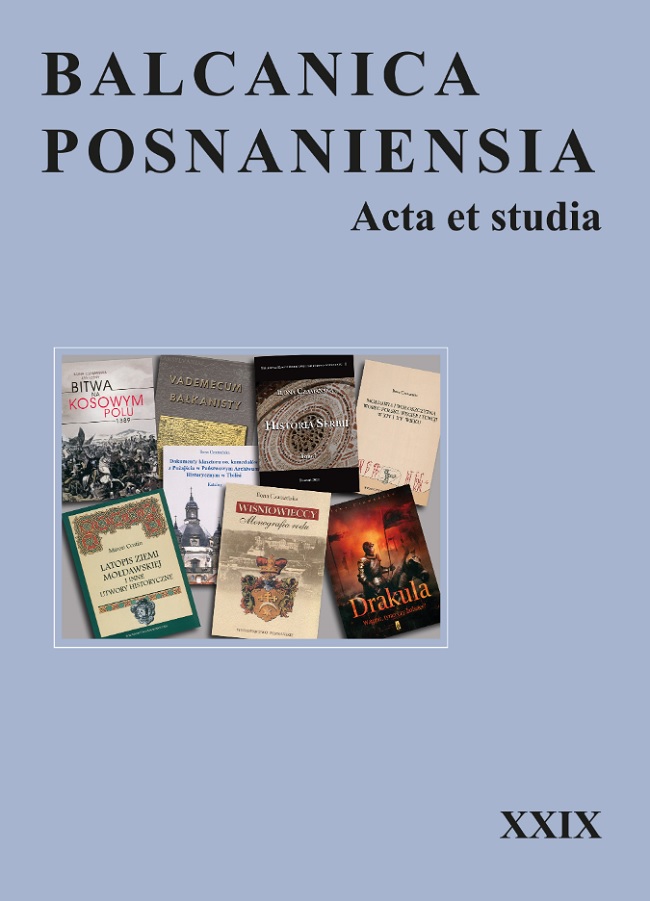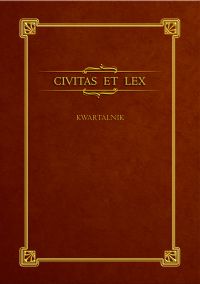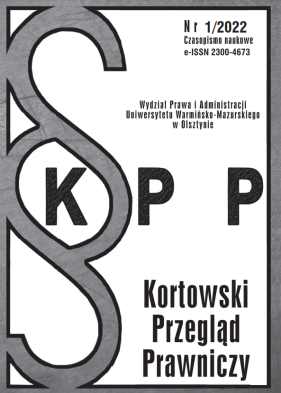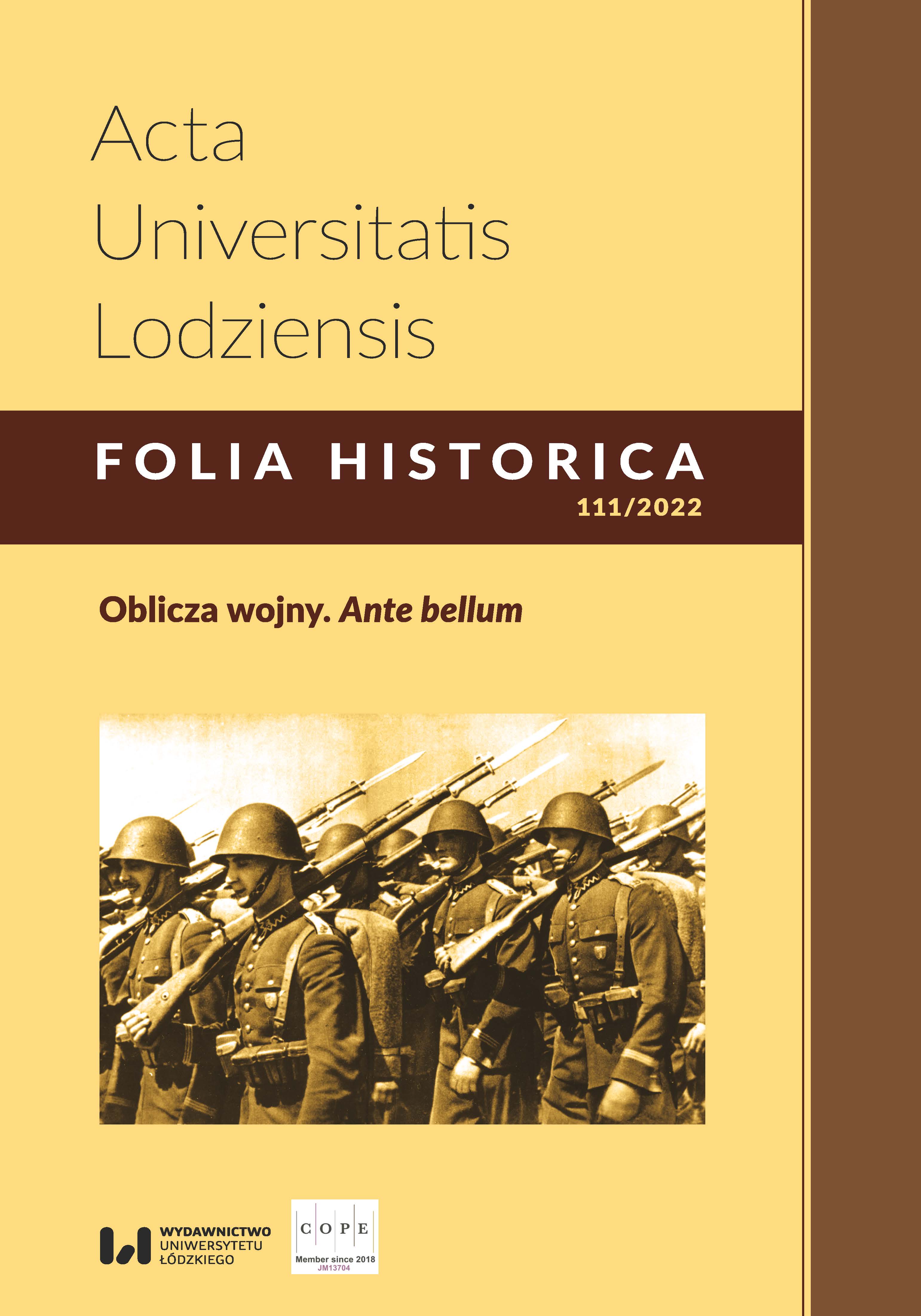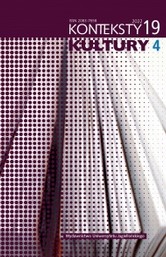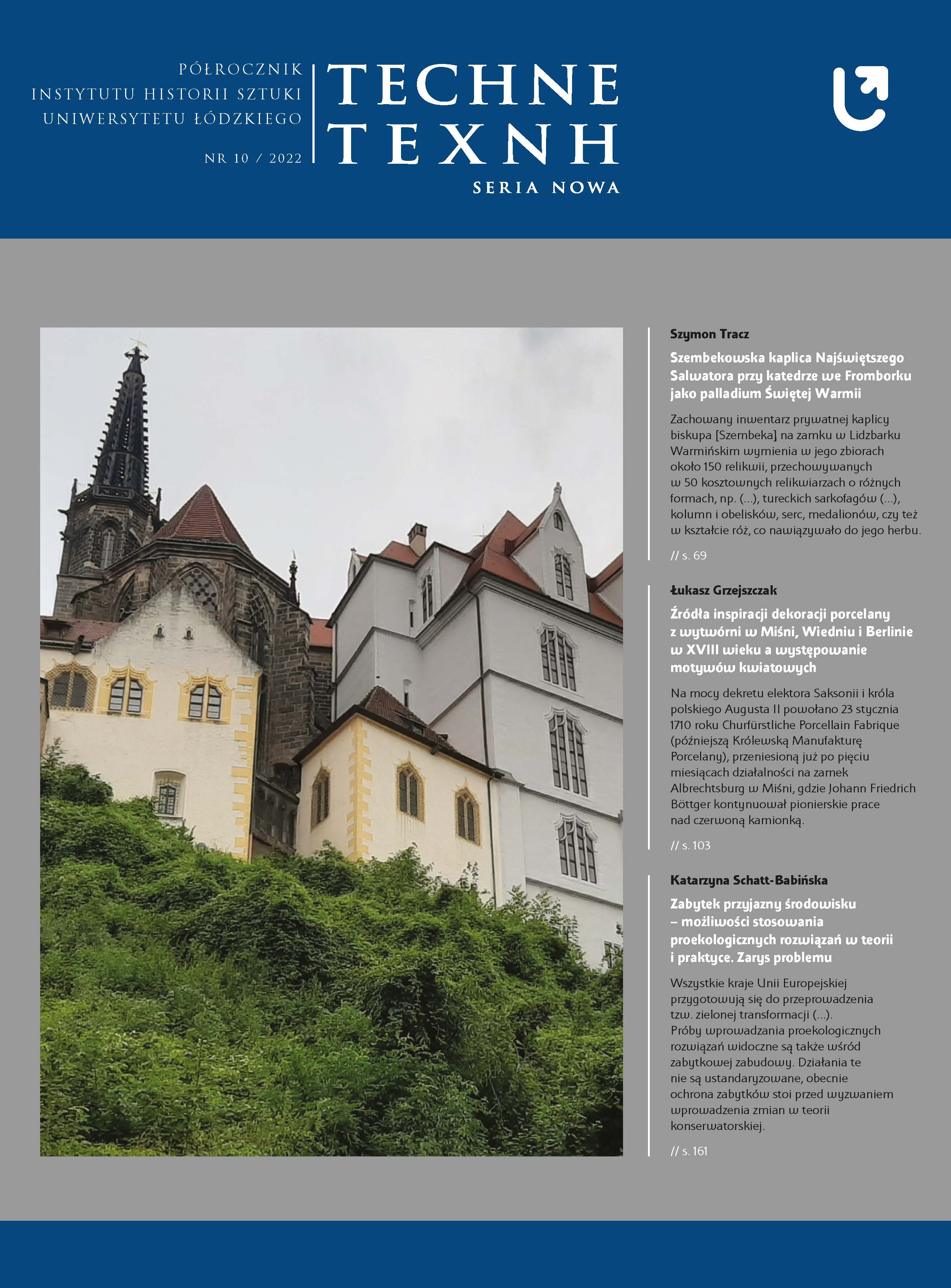F. X. Eder – Descriptio provinciae Moxitarum in Regno Peruano. Stredoeurópsky prameň k dějinám Bolívie
Franciscus Xavierus Eder’s Descriptio provinciae Moxitarum in Regno Peruano is one of the most important historical documents of the 18th century, because it is the only detailed study of the original way of life of the Bolivian Moxo ethnic group. Furthermore, Eder attempted to describe objectively what he had seen and tried to maintain an open-mindedness and reasonableness, similarly to James Cook’s writings. The relation of the native inhabitants towards the Christianity, their conception of religion, their culture and the subsequent changes in their values and vision of the world in the process of acculturation are indeed realistically described. The missionary work in San Martin is not idealized either. Eder’s intentions were mainly scientific – he tried to describe in detail the life of an unknown ethnical group, not to elaborate an idealized tractate about the diffusion of Christianity among the native inhabitants. Since the document came into existence after the response of the participants of the public talks in Slovakia, it reflected in some way what the Slovak people were mostly interested in. The writing was finished at the beginning of 1772 and was entitled Brevis descriptio Missionum Societatis Jesu provinciae Peruanae vulgo Los Moxos / Auctore quadam eiudem Societatis sacerdote per XV annos missionis. After the author´s death in April 1772, the manuscript was acquired by Ján Molnár, Professor of the University of Trnava. Later, the manuscript was examined by an important Jesuit historian Juraj Pray, who recommended it to be included in the University archives in Budapest (nowadays, it is the property of the University Library in Budapest). In 1791, the University of Budín published the printed version of Eder’s manuscript. This version consists of the thematic chapters organized by Pavol Makó and is entitled Descriptio provinciae Moxitarum in Regno Peruano.
More...
